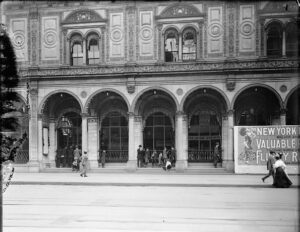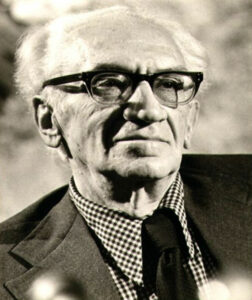After Horace Kallen, he was the second person to read Immanuel Velikovsky’s full manuscript to Worlds in Collision. Velikovsky recalls:
“… in 1946 the only reader of the complete manuscript of Worlds in Collision, as it was then, was Kallen. One day, in the summer of that year, I thought: Should I show my work to John O’Neill of the Herald Tribune? I felt the need to hear the reaction of an experienced man who, as science editor of that newspaper, had certainly dealt for many years with all kinds of sound and unsound theories. I had read a review of his biography of Nikola Tesla; I liked what I read, and I marked in my memory the author and his book. O’Neill recognized the greatness of Tesla, whom he knew as intimately as Tesla would allow anyone to know him…
“I called the Herald Tribune. It happened to be the day of the week O’Neill was there, and he told me to come that very day. I sat in a leather chair in the waiting room of the editorial floor. After a few minutes a slightly built man with white hair and an immaculate linen collar came to me with a briefcase in his hand. I had my manuscript in two folders. I asked him to read it. He told me in his friendly but businesslike manner: “My desk is piled high with papers to read. I shall take your manuscript, but do not expect me to read it for two or three months.”
“[…] O’Neill told me that he had taken my manuscript, planning to spend no more than five minutes on it while sitting on a bench in his garden, but he had not set it aside until he finished reading it.”[…]
O’Neill became the first person to bring Velikovsky‘s work to the attention of the public, in his “Personal and Otherwise” column of August 11, 1946.





